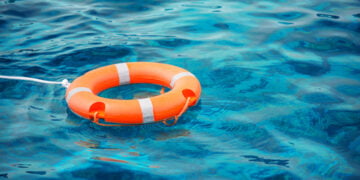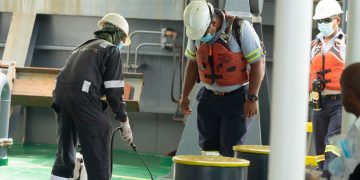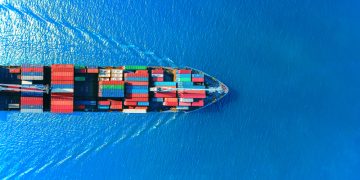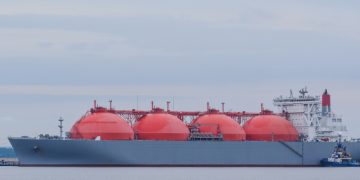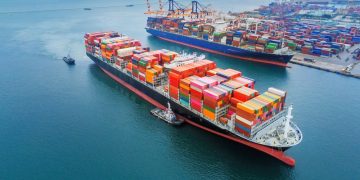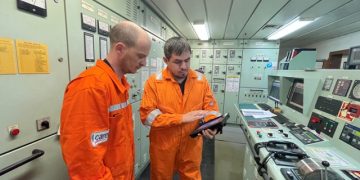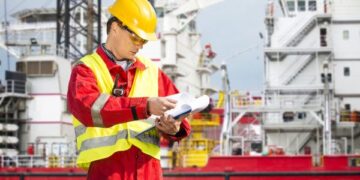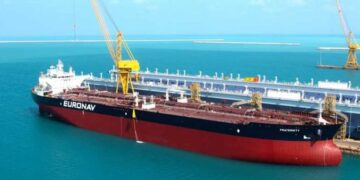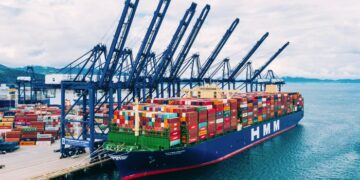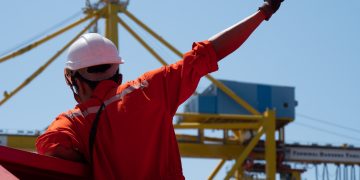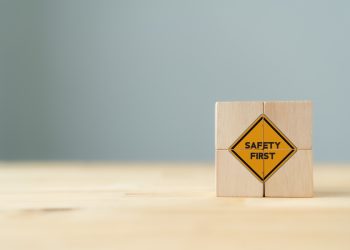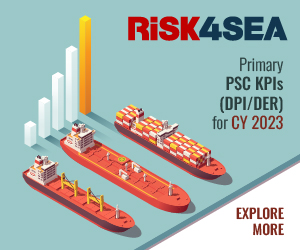Speaking during a recent webinar, LR’s Lead Regulatory Specialist, Abhijit Aul said that the sooner operators act on SEEMP Part III, the better it is.
SEEMP Part III requires ships of at least 5,000 GT and which trade internationally, except passenger ships, to have a verified Ship Energy Efficiency Management Plan onboard before 31 December 2022 to reduce carbon emissions – this must achieve at least a C band. The assessment will take place in the calendar year after the ship-specific SEEMP Part III plan is produced.
SEEMP Part III includes measures to improve energy efficiency to attain the required carbon intensity indicator (CII) and the implementation regime, the personnel designated to oversee the process, and contingency measures to overcome impediments. For example, a ship could propose using biofuels as bunkers to reduce emissions, but to prevent engine damage, trials should be conducted beforehand.
In this aspect, Aul reminded the ship owners and operators that with SEEMP Part III, they must devise a concrete plan for reducing carbon emissions. This would be followed by self-evaluation and a constant review of whether the targets are on track and will be met in the prescribed timeline.
Aul specifically said that it is inevitable that some ships will not achieve the minimum CII requirements and end up banded D or E. Such ships will have their SEEMP Part III reviewed to include a corrective plan to achieve the required CII. Remedial actions are needed to achieve at least a C rating for the calendar year following the adoption of the corrective plan.
If they didn’t make it this time, it doesn’t mean they have been disregarded. For many of them, it just means that the evidence they provided at the time wasn’t sufficient or there wasn’t sufficient time to consider these correction factors in detail. For a number of these correction factors or voyage adjustments, there is a very strong appetite to push the case to gather more evidence to submit to MEPC. It could take a year, it could take years, but we expect to see a number of discussions
What is more, LR’s Regional Advisory Services Manager, Douglas Raitt, added that shipowners and operators should also take the resulting future capital and operating expenditure into consideration, with regards to chosen energy efficiency measures, to remain in compliance.
You have to think, ‘what speed reduction is required to achieve a 5, 10, 15% improvement in the annual efficiency ratio rating?’ It allows the operator to project improvements over a number of years, understand when certain improvements need to be implemented, potentially even budget the implications of capex and opex decisions that need to be made on a variety of ships over the next few years to maintain compliance
These steps can be operational in nature, such as speed reductions, frequent hull cleaning, propeller polishing, all the way to the application of energy-efficient technologies which can allow for a certain percentage of improvement.
Shipowners and operators have to reduce the CII by at least 2% annually to remain in compliance. For this reason, Mr. Raitt encourages “robust” discussions with energy saving device manufacturers to meet the target, more so for shipowners and operators who want to achieve an A or B banding.






